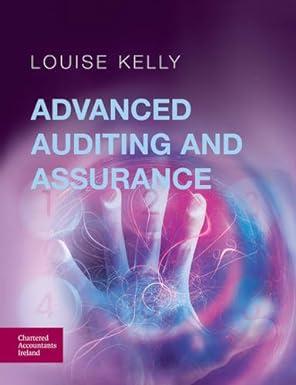Question
1) Do capital budgeting analysis based on AAR method, NPV, IRR, ACFR, and payback. What decision would you make based on your analysis? 2) Why
1) Do capital budgeting analysis based on AAR method, NPV, IRR, ACFR, and payback. What decision would you make based on your analysis?
2) Why do you think OL undertook the project even though their decision was not supported by their own method? (Trick question, be careful)
Case:
Background
Japanese Oriental Land Corp (OL) successfully brought Tokyo Disneyland (1979-1983) licensed by Walt Disney Co
OL IPOed in 1996
Now in 1997, Walt Disney Company (WD) inquires to consider a DisneySea Park project
Japanese Oriental Land Corp (OL) Ownership Structure
Founder President Masatomo Takahashi
20.48% owned by Mitsui Real Estate Group (MREG)
President Azuma Tsuboi
Tokyo Disneyland was funded by 22 banks with Industrial Bank of Japan (IBJ) as its main bank
President Kisaburo Ikeura
Now, banks own 28.35% of OL shares, and send appoint OL president
Keisei Electric Railway Co (11.20%)
President Chiharu Kawasaki
One of OLs largest SH;
Chiba Prefecture
granted 750,000 tsubo (608 acres) of land
Other SHs listed in Exhibit 9
Japanese Oriental Land Corp (OL) Board Composition
consists of 28 directors from
Chiba Prefecture
Keisei Railroad Corp
Industrial Bank of Japan
Mitsui Trust Bank
National Policy Agency
OL officers (13)
See Exhibit 8 for the directors list
The Tokyo DisneySea Park project
Investment = 400 Bil. (=$3.4 Bil.)
A large investment compared to OLs assets of 355.18 Bil. (=$1.77 Bil.)
Financial projections
Exhibit 3: Depreciation schedule (1998-2004) 20-year straight line
Exhibit 4: Debt costs (1998-2004) 10-year loan
Exhibit 5: Financial data projection without DisneySea (1998-2004)
Exhibit 6: Financial data projection with DisneySea (1998-2004)
Exhibit 7: Income and CF from DisneySea (1998-2004)
Assumptions listed in Appendix 1
The Tokyo DisneySea Park Capital Budgeting Methods
1.NPV (Net Present Value)
Summation of the present values of after-tax CFs and terminal value
2.AAR (Average Accounting Return)
Average Net Income divided by Average Investment
3.ACFR (Average Cash Flow Return)
(Average CF plus Ending fixed assets) divided by initial investment
Appendix 2 explains the AAR, NPV and ACFR models
Step by Step Solution
There are 3 Steps involved in it
Step: 1

Get Instant Access to Expert-Tailored Solutions
See step-by-step solutions with expert insights and AI powered tools for academic success
Step: 2

Step: 3

Ace Your Homework with AI
Get the answers you need in no time with our AI-driven, step-by-step assistance
Get Started


